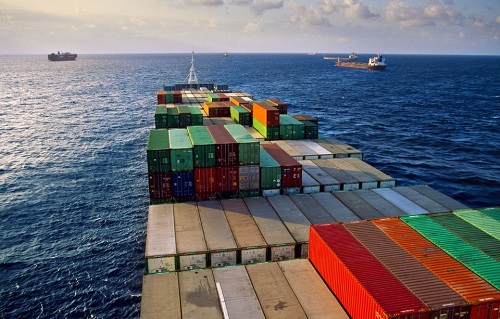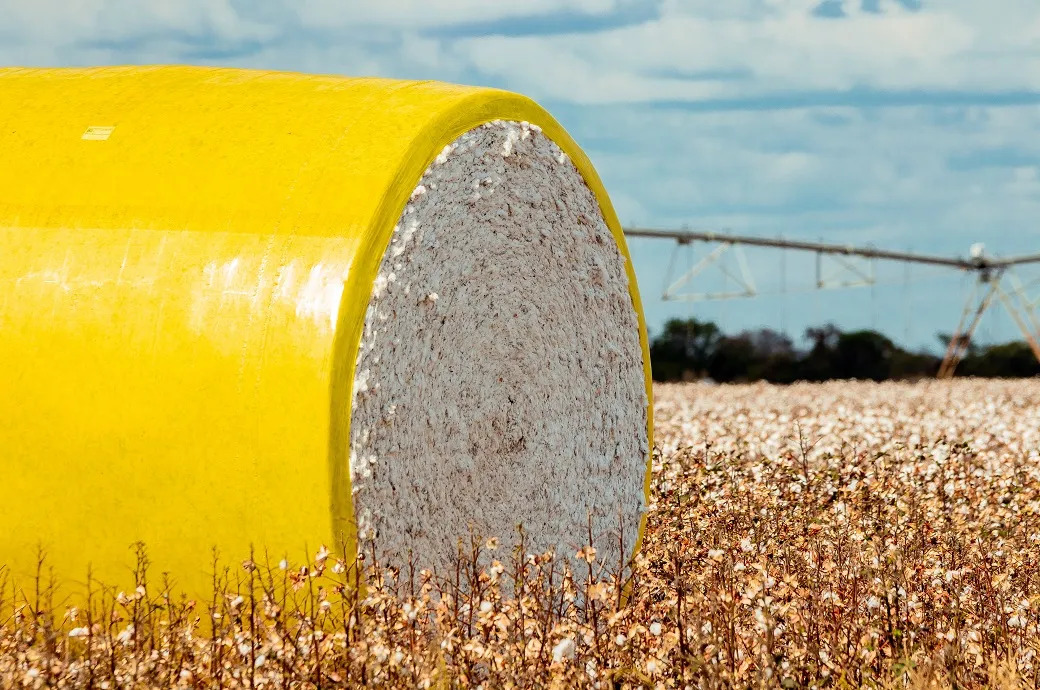 As the dark clouds of Covid 19 continue to hang over global economy, the situation in global apparel sourcing and trade is worsening. From lack of raw materials, the industry is rapidly shifting to orders being cancelled. With stores across the EU, US, Asia being shut, retailers are being forced to either postpone or cancel their sourcing orders.
As the dark clouds of Covid 19 continue to hang over global economy, the situation in global apparel sourcing and trade is worsening. From lack of raw materials, the industry is rapidly shifting to orders being cancelled. With stores across the EU, US, Asia being shut, retailers are being forced to either postpone or cancel their sourcing orders.
Trade volume to be hit
This situation is similar in three regions recently studied by Global Trade Analysis Project Recursive Dynamic (GTAP-RD) Model. Economies of these regions, namely, China, USA, and EU are likely to be hit harder than the rest of the world.
Firstly, the volume of world apparel trade in all these three regions is likely to be hit hard by Covid-19. Especially, demand for apparels in the EU and US is expected to drop sharply as clothing stores are forced to shut down and consumers are losing jobs and struggling financially.
China to be the worst sufferer
Secondly, the sharp decline in imports by EU and US will hit China hardest as the country will record a significant drop in apparel exports. One of the most important reasons for this is the large volume of its exports. As China is the largest source of US and EU apparel imports, it is often used to fulfill large-volume sourcing orders. However, many retailers are likely to cancel these large-quantity orders, which will result in a disproportional loss of China’s apparel exports. Secondly, China exports all major categories of apparels to the US and EU. This makes it the most vulnerable to order cancellation.
important reasons for this is the large volume of its exports. As China is the largest source of US and EU apparel imports, it is often used to fulfill large-volume sourcing orders. However, many retailers are likely to cancel these large-quantity orders, which will result in a disproportional loss of China’s apparel exports. Secondly, China exports all major categories of apparels to the US and EU. This makes it the most vulnerable to order cancellation.
Almost 60 per cent of Bangladesh orders cancelled
Besides China, apparel exports from Bangladesh will also be hit. The country is a leading apparel supplier to both the EU and US markets. This makes it more exposed to order cancellations. As the country is a beneficiary of the EU Everything But Arms (EBA) program, around 60 per cent of its apparels are exported to EU. In comparison, Vietnam has a more diversified export market, its apparel factories have more flexibility to mitigate the impact of a fall in import demand from the EU and the US.
Job losses to mount
Thirdly, the declining apparels imports by US and EU have a notable impact on employment in many apparel exporting countries. Even a 10 per cent decline in imports by these countries can result in a decline of a 4 to 9 per cent decline in garment employment. Therefore, if imports by these nations decline by 10 per cent in 2020, leading apparel exporting countries such as Bangladesh, Vietnam, Cambodia and India may lose around 4 to 9 per cent of their jobs in the garment sector. The apparel sector is the largest job creator for the local economy in developing countries such as Bangladesh and Cambodia. Therefore, the social and economic impact of job losses in the apparel sector in these countries is very concerning.
Lastly, even if the spread of COVID-19 is controlled by the second part of the year, global apparel supply chain could continue to face turbulent times for the next one or two years. Even if apparel imports by the EU and US recover to its normal level in 2021, importers and garment factories may have to face difficulties such as acute labor shortage, increase in prices of raw material and a lack of production capacity.












